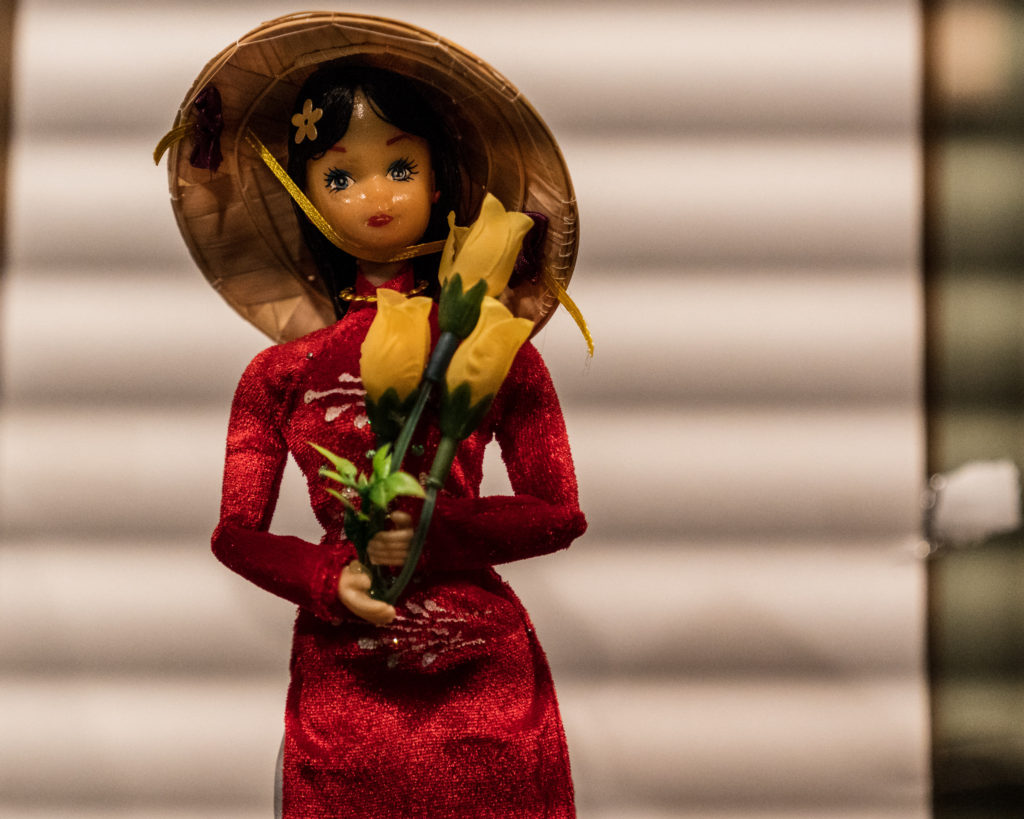- Messages
- 861
- Name
- Tom
- Edit My Images
- Yes
I agreed to shoot a wedding for a family friend recently. It was absolute last minute and I completely winged it with a Nikon Z5 combo I'd literally just got. It absolutely hammered it down all day so 99% of the shots I took were indoors and suffer from extreme changes in ambient light amount and colour. There's also significant light to dark banding/shadowing on many of the shots. I've pretty casually and successfully photographed a decent number of weddings before with a pair of D700s and later, D750's without ever having come across anything like this before. My first guess is that I've miraculously managed to avoid a venue with predominantly LED lighting before now and the colour and lighting changes are due to the shutter speed vs frequency of the lighting rapidly switching on and off with the mains supply BUT is there any reason why a DSLR might not be effected as much as a Mirrorless camera by this? Something to do with shutter type perhaps?
I managed to compensate on the day by slowing my shutter speed down, but that really wasn't an ideal solution as it took away my ability to use bigger apertures or capture moving people with on point sharpness. Now I have a proper, paid wedding coming up and I'm suddenly really worried! I've contacted the venue to find out what sort of lighting I can expect if it's again bad weather, but they're not being massively helpful so am heading over this weekend as I'm thinking about holding my hands up, refunding the deposit and just telling the couple what the issue is for me and that they're frankly better off finding a more competent, and likely more expensive, pro whilst they still have plenty of time to play with.
I can't think of any other solution, other than dropping shutter speed, that doesn't stiff me impacting creative control of images using aperture and shutter speed. Anyone any suggestions or similar experiences?
I managed to compensate on the day by slowing my shutter speed down, but that really wasn't an ideal solution as it took away my ability to use bigger apertures or capture moving people with on point sharpness. Now I have a proper, paid wedding coming up and I'm suddenly really worried! I've contacted the venue to find out what sort of lighting I can expect if it's again bad weather, but they're not being massively helpful so am heading over this weekend as I'm thinking about holding my hands up, refunding the deposit and just telling the couple what the issue is for me and that they're frankly better off finding a more competent, and likely more expensive, pro whilst they still have plenty of time to play with.
I can't think of any other solution, other than dropping shutter speed, that doesn't stiff me impacting creative control of images using aperture and shutter speed. Anyone any suggestions or similar experiences?


